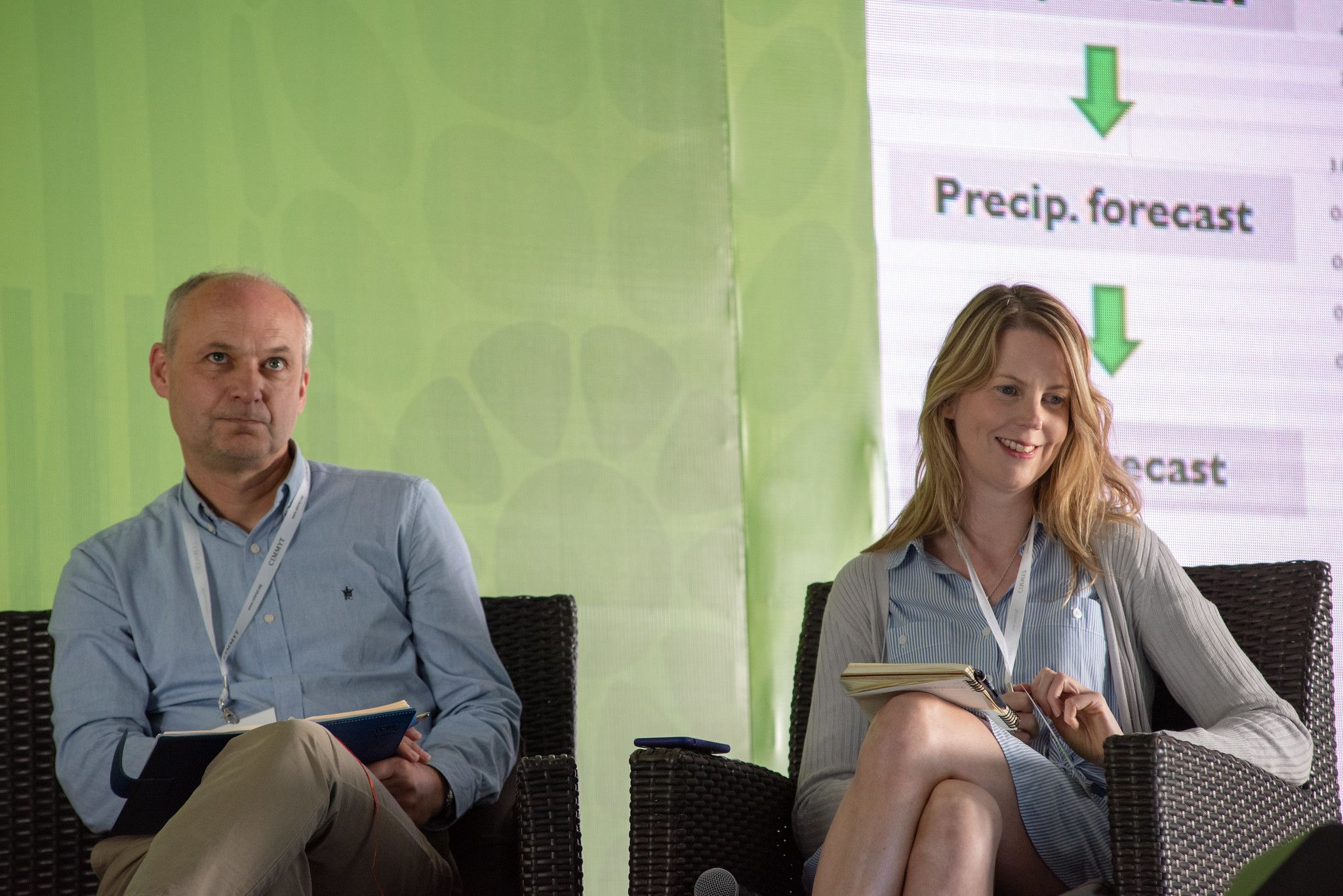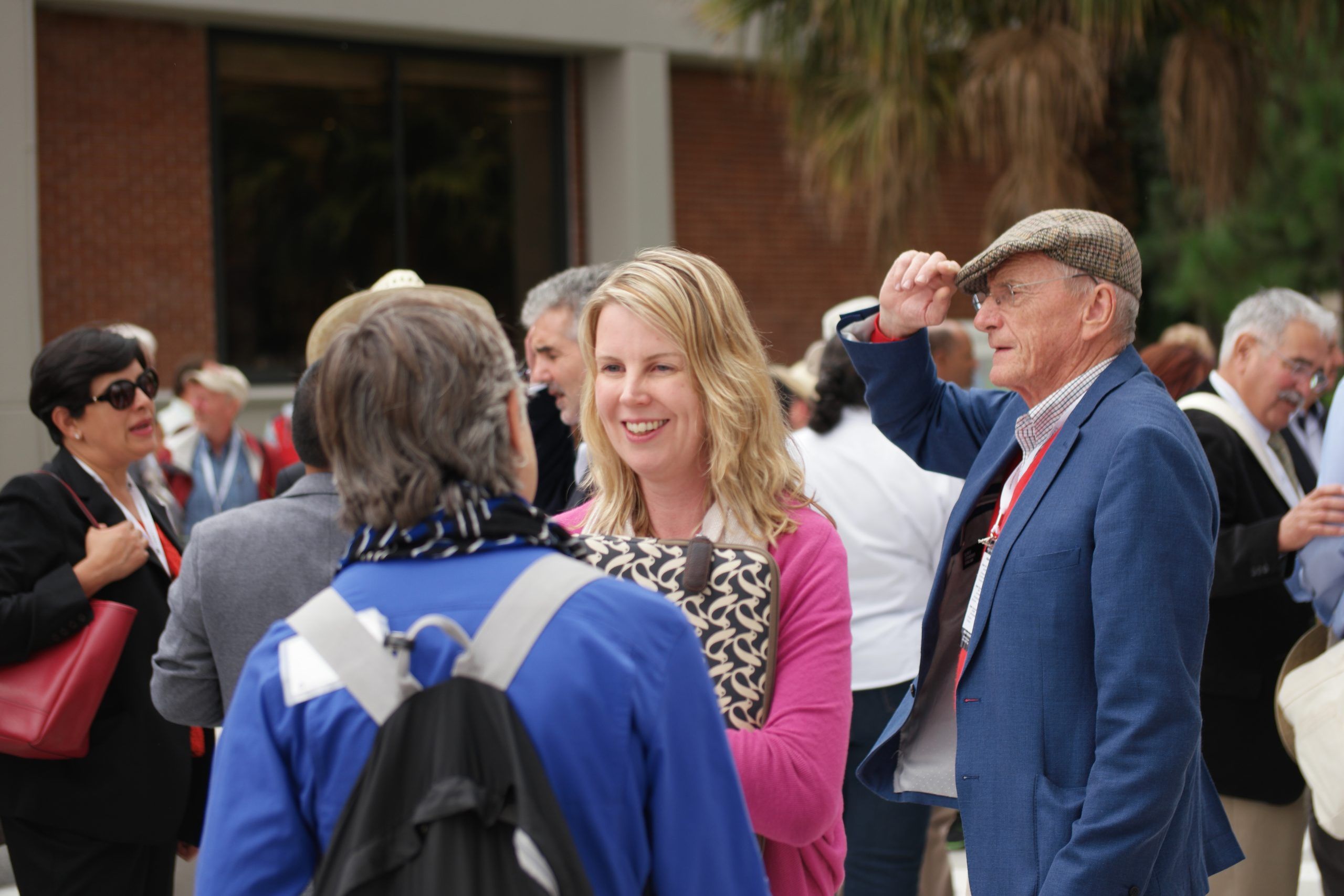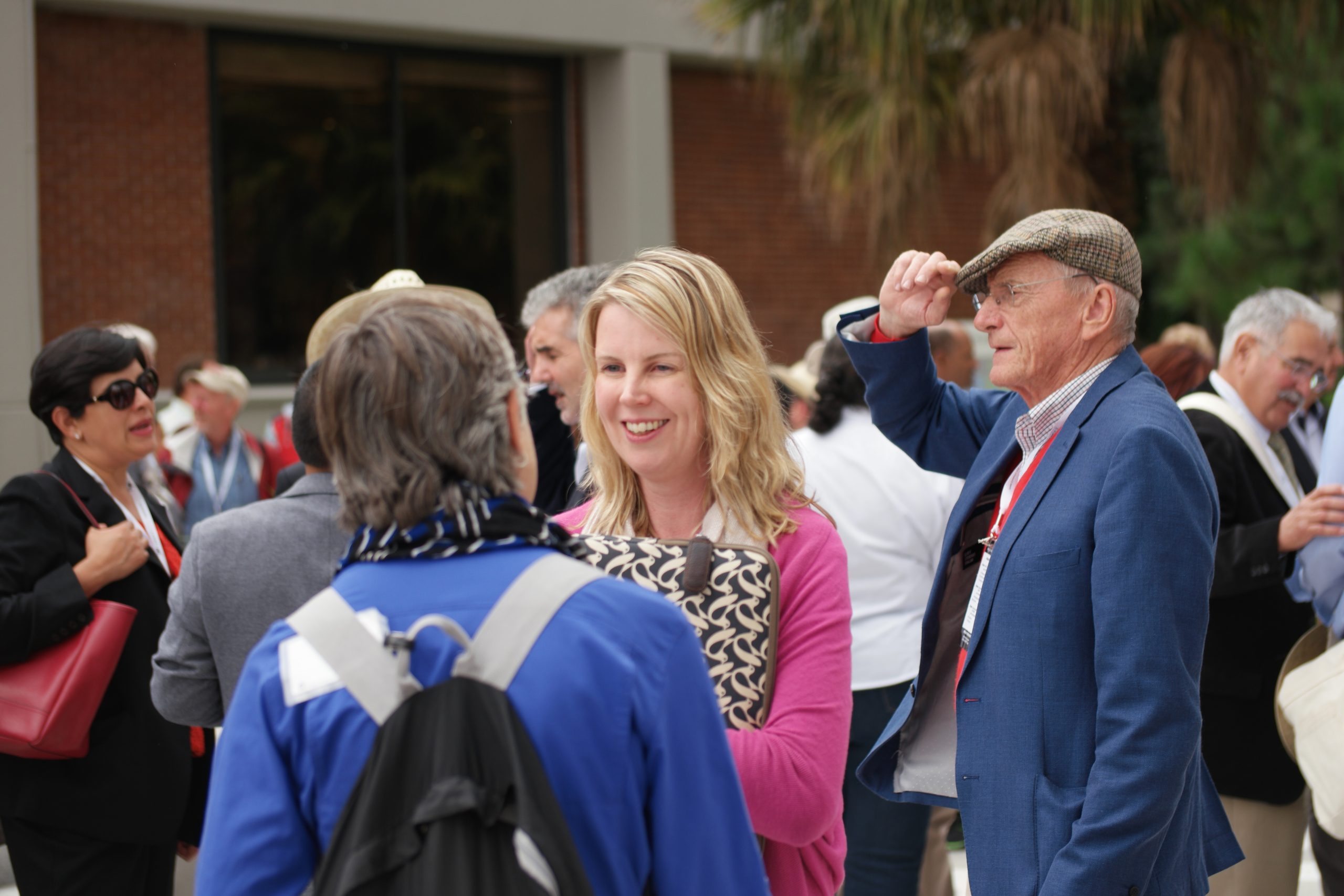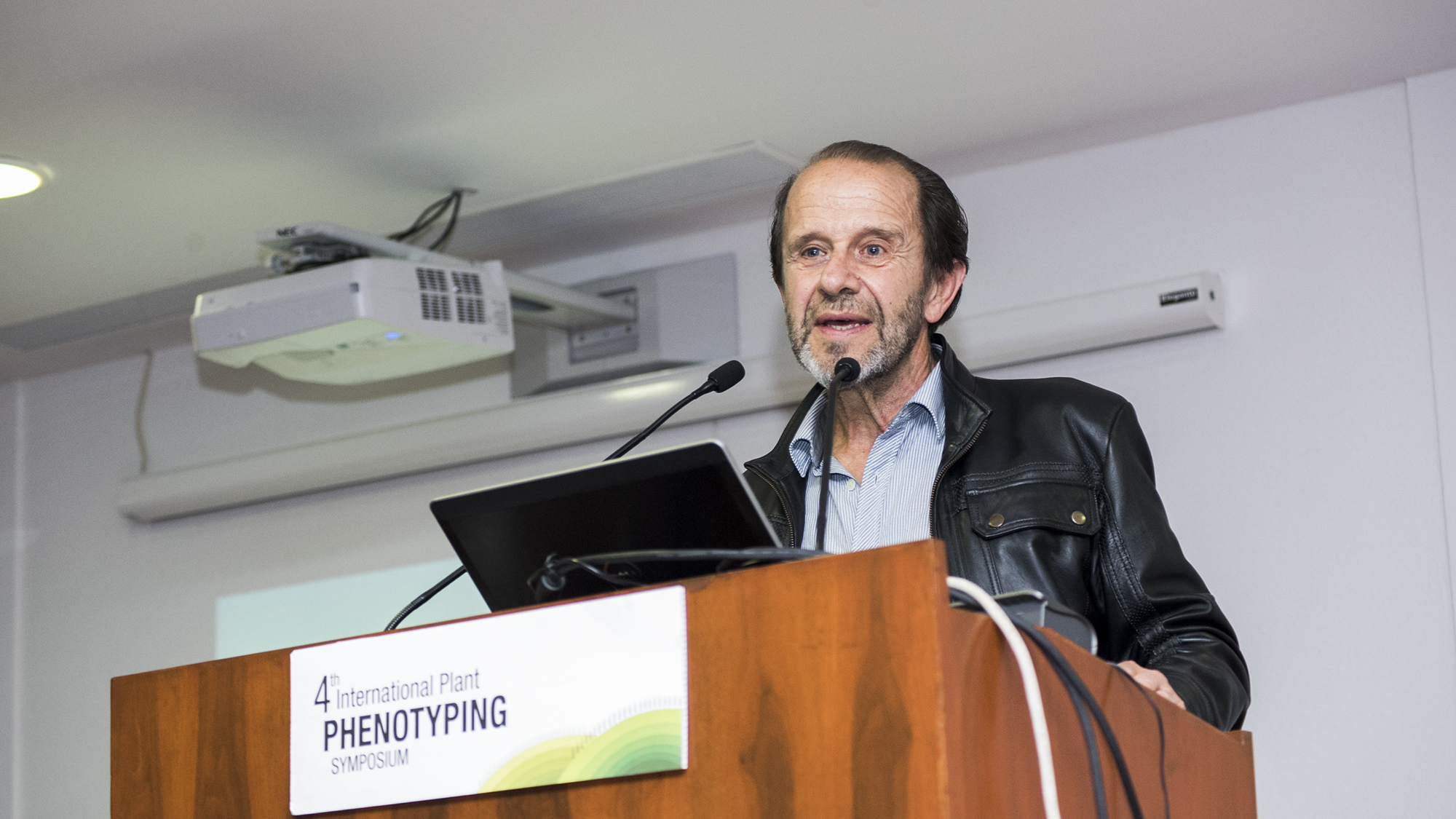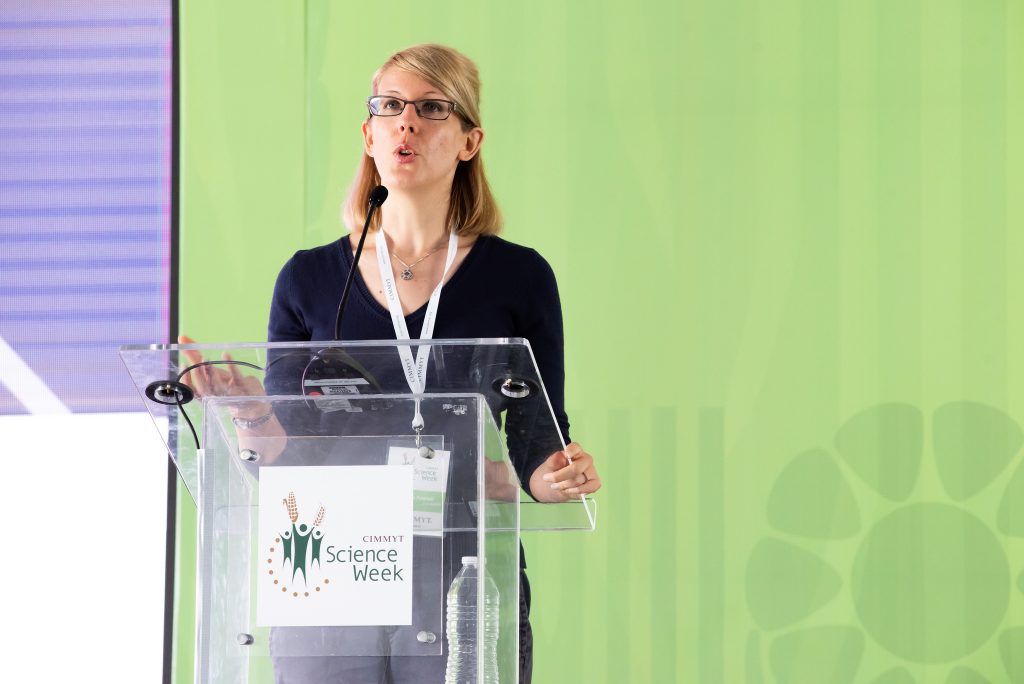CIMMYT scientists recognized for significant research impact
CIMMYT applies high quality science to develop more resilient agrifood systems. This year three scientists from CIMMYT are included in Clarivate’s 2023 Analysis of the most highly cited academic papers.
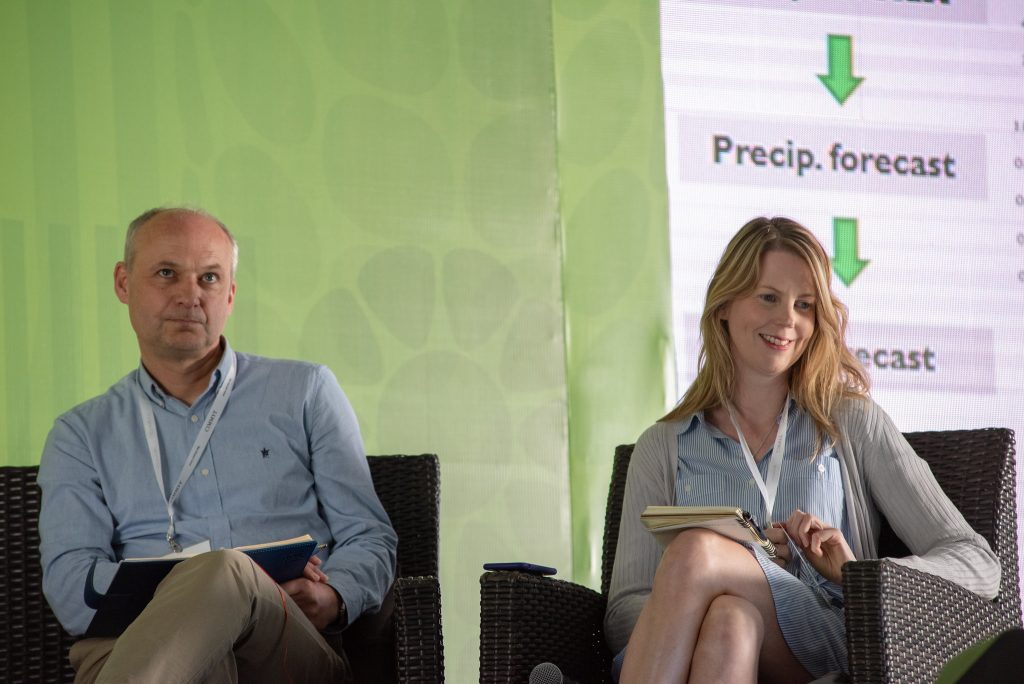
While CIMMYT’s mission does explicitly require academic publication from its scientists, “the recognition reflects extensive networking with academia, opening doors for new technologies to benefit resource-poor farmers and consumers as well as lending scientific kudos to CIMMYT and underpinning fundraising efforts,” says Distinguished Scientist and Head of Wheat Physiology, Matthew Reynolds.
Maize Physiologist Jill Cairns and collaborators spearheaded the application of high throughput phenotyping for maize-breeding in sub-Saharan Africa, which she says, “would not have been possible without involving leading academic experts like JL Araus at Barcelona University.”
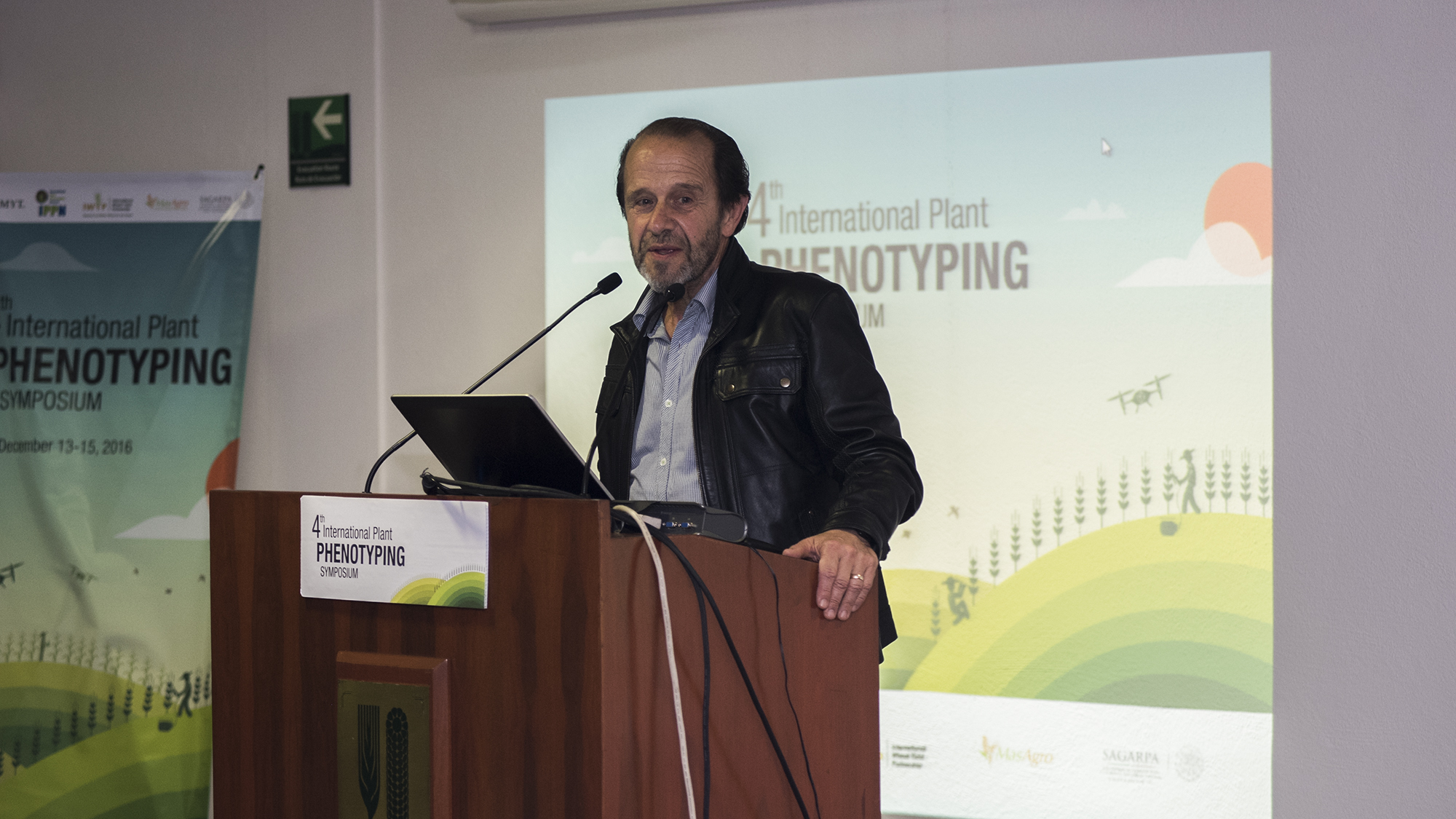
Biometrician and Distinguished Scientist José Crossa has pioneered wheat genetic analysis and use of artificial intelligence to solve crop research questions. “With machine learning tools like Deep Learning, there is a golden opportunity to understand the many complex dimensions of crop adaptation, so data-driven breeding models will have the necessary precision to target complex traits,” he explains. Crossa is widely respected by leading academics in biometrics for his insights on bridging statistical theory to solve real world problems.
Reynolds has built initiatives like the Heat and Drought Wheat Improvement Consortium (HeDWIC) and the International Wheat Yield Partnership (IWYP) that transfer cutting-edge technologies—from many of the best academic institutions in the world—to application in breeding, helping to widen wheat gene pools globally.
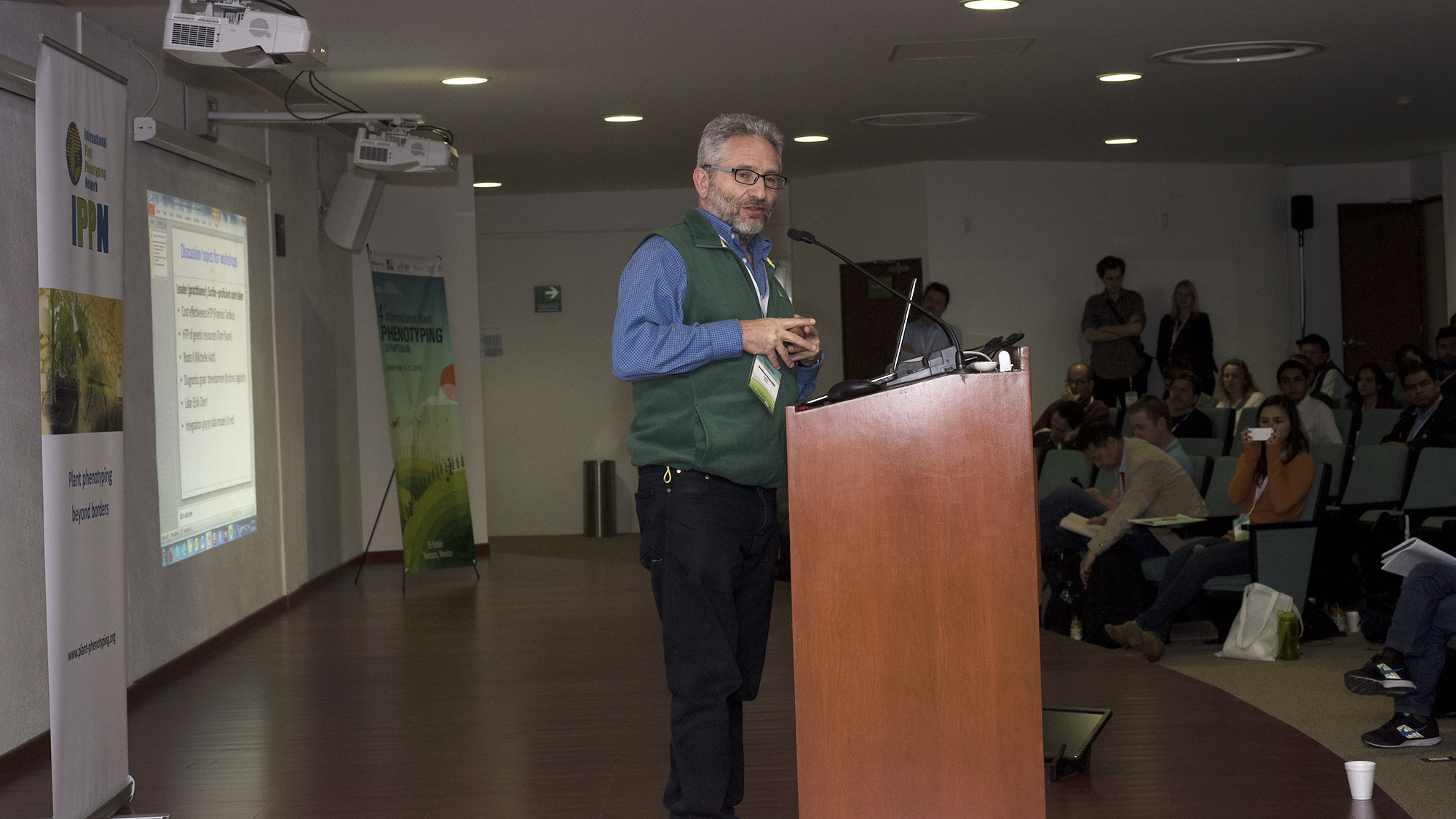
All three scientists achieved the same recognition last year. As in 2022, Reynolds was awarded for his contribution to scientific literature in plant and animal sciences, while Cairns and Crossa were awarded for their contributions to scientific literature across several fields of research (cross fields).
Since 2001, Clarivate’s Highly Cited Researchers list has identified global research scientists and social scientists who have demonstrated significant and broad influence in their field(s) of research. It recognizes exceptional research performance demonstrated by the production of multiple papers that rank in the top 1% by citations for field and year, according to the Web of Science citation indexing service.
In 2023, the list recognizes 6,849 individuals from more than 1,300 institutions across 67 countries and regions.
